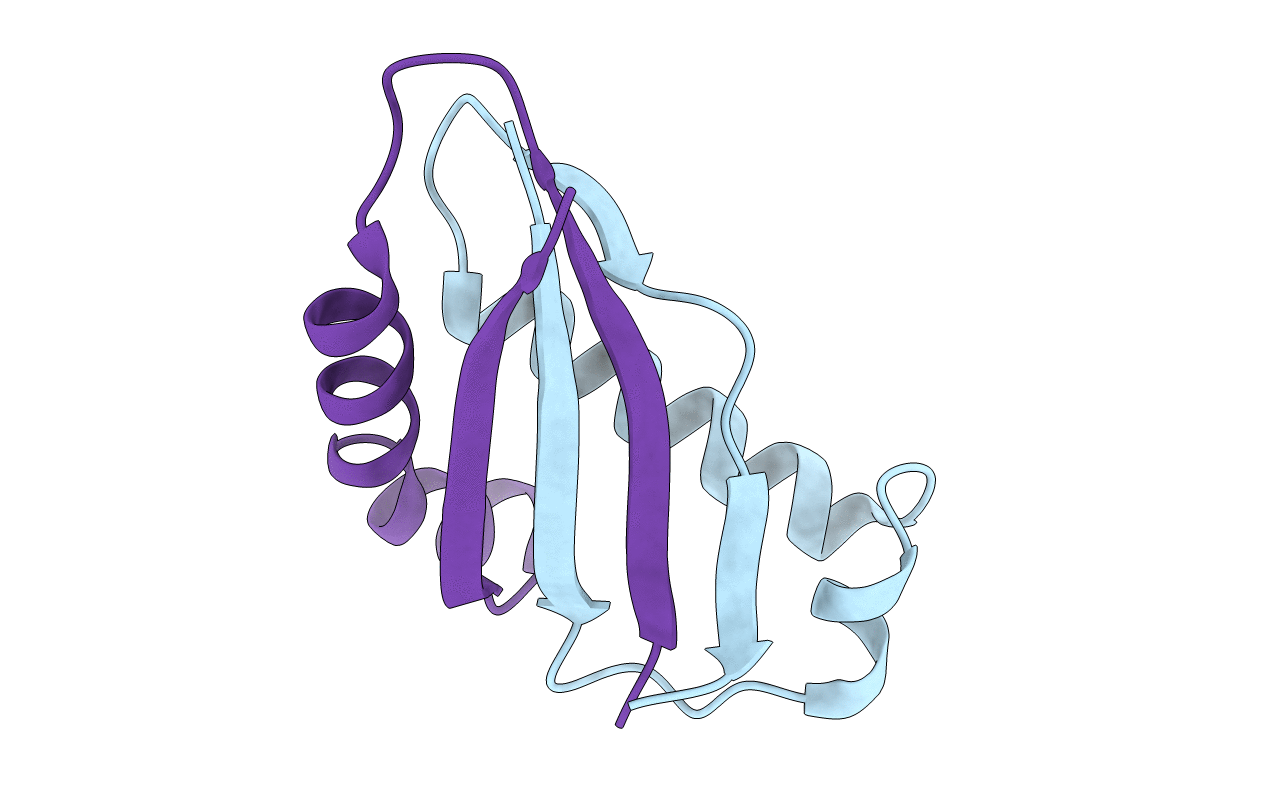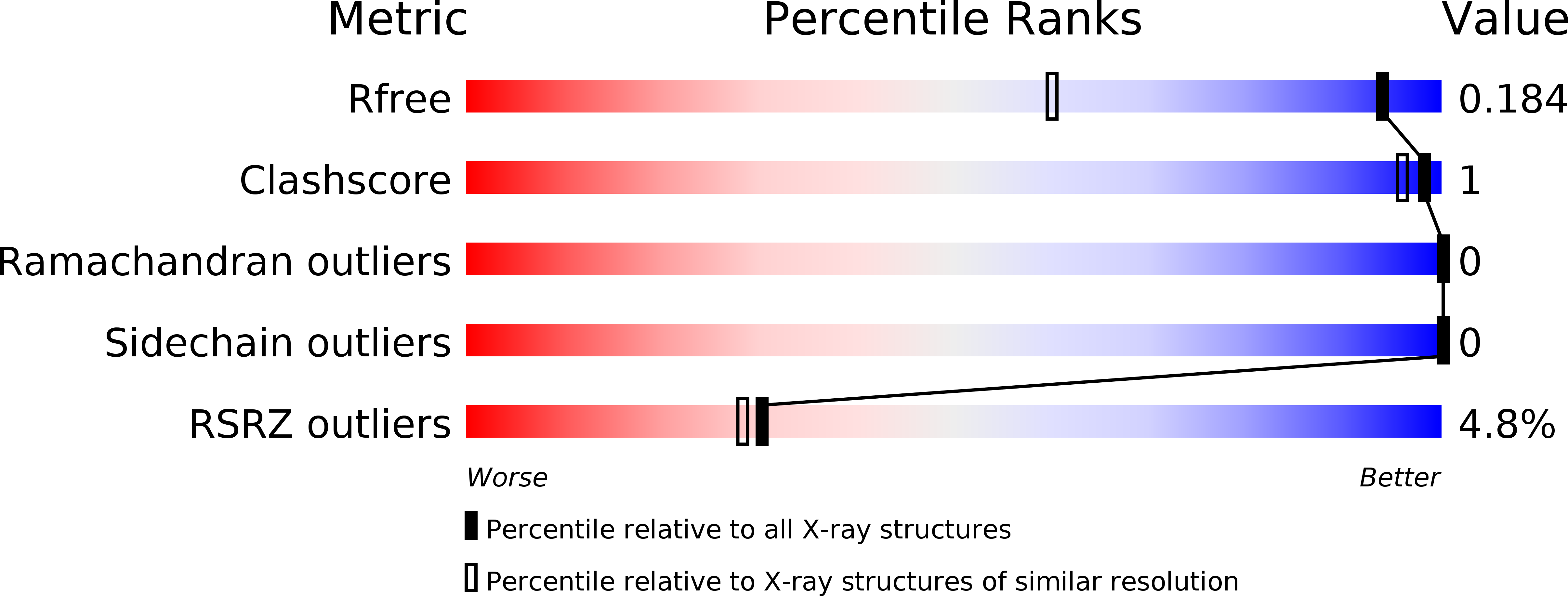
Deposition Date
2017-12-01
Release Date
2018-12-05
Last Version Date
2024-03-13
Method Details:
Experimental Method:
Resolution:
1.30 Å
R-Value Free:
0.18
R-Value Work:
0.15
R-Value Observed:
0.15
Space Group:
P 31 2 1


